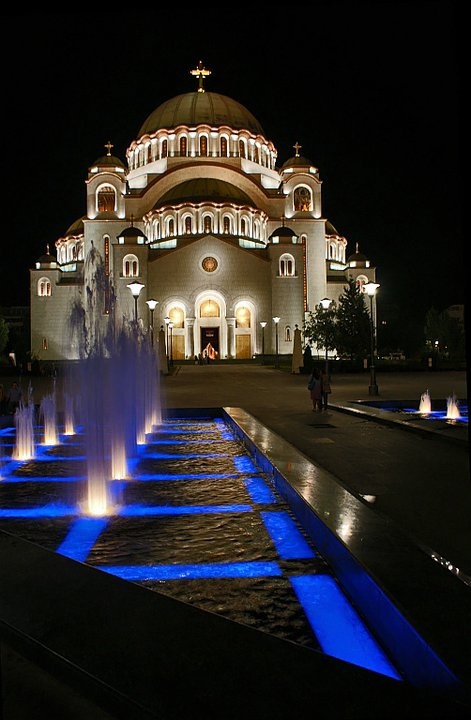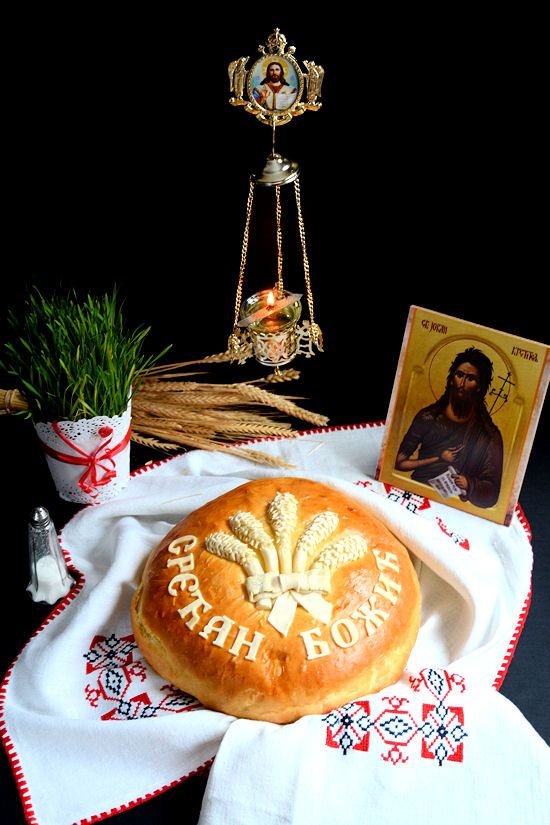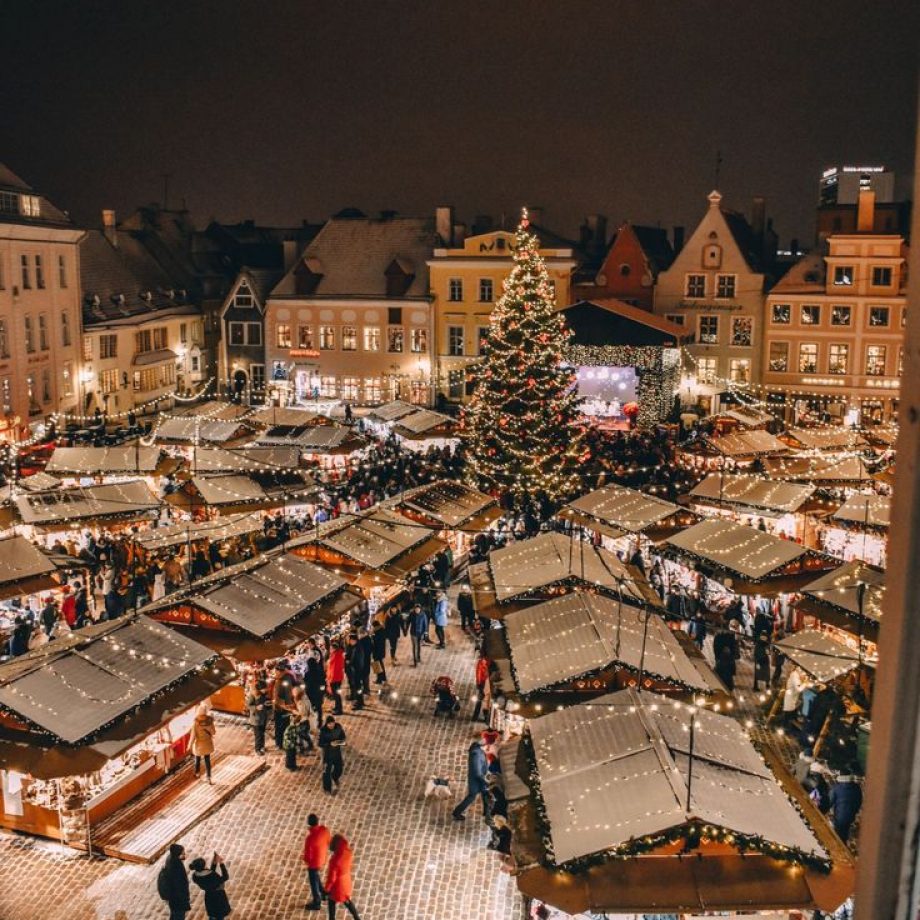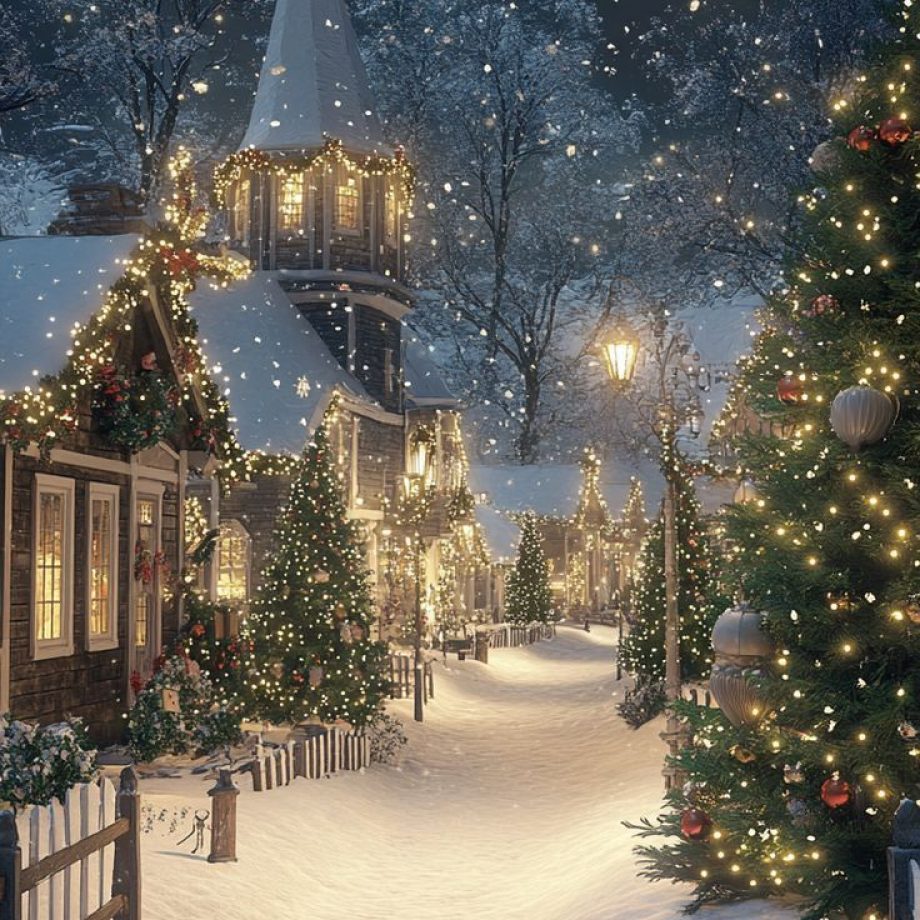Blog
A Guide to Celebrating New Year’s and Christmas in Serbia: Traditions, Culture, and Heritage
The festive season in Serbia is a unique blend of joyous celebrations, deep-rooted Orthodox Christian traditions, and cultural customs. With New Year’s Eve, Christmas (Božić), Serbian New Year, and Saint Sava’s Day (Sveti Sava), this period is a time for family, spirituality, and festivity. Here’s an in-depth look at how Serbia rings in the holiday season.
- New Year’s Eve (Nova godina): The Grand Celebration
New Year’s Eve in Serbia is celebrated on December 31st, much like in the rest of the world, but with a distinct Balkan flair. Cities and towns are illuminated with festive decorations and lights, creating a magical atmosphere.
Fireworks and Festivities: The highlight of New Year’s Eve is the fireworks display, particularly in Belgrade, where locals and tourists gather at central squares like Trg Republike to welcome the new year. Live music, concerts, and street performances add to the excitement.
Traditional Meals: Families often gather for lavish dinners featuring Serbian specialties such as roasted meats, sarma (cabbage rolls), and desserts like vanilice (vanilla cookies). The evening often transitions into dancing and music, either at home or in one of Serbia’s vibrant clubs and kafanas (traditional restaurants). - Serbian Orthodox Christmas (Božić): A Celebration of Faith and Family
Serbia celebrates Christmas on January 7th, following the Julian calendar. This is one of the most significant religious holidays, filled with customs that reflect Serbian Orthodox heritage.
Badnji Dan (Christmas Eve): The celebrations begin on January 6th, known as Badnji Dan. Families burn an oak log (badnjak) either at home or in church as a symbol of warmth, light, and unity.
The Festive Meal: Christmas Eve dinner is traditionally meat-free, featuring dishes like prebranac (baked beans), pogača (round bread), and fish. The breaking of česnica (a ceremonial bread with a coin hidden inside) is a beloved tradition. Whoever finds the coin is believed to have good luck in the coming year.
Church Services and Greeting: On Christmas Day, people greet each other with “Hristos se rodi!” (“Christ is born!”) and respond with “Vaistinu se rodi!” (“Indeed, He is born!”). Many attend midnight or morning church services to mark the occasion. - Serbian New Year (Srpska Nova godina): A Second Chance to Celebrate
Serbia observes the Orthodox New Year on January 14th, again following the Julian calendar. While this holiday is not as elaborate as December 31st, it is widely celebrated in rural areas and by those who cherish Serbian traditions.
Kafana Gatherings: Many Serbs mark this day with friends and family in a casual setting, often in kafanas with live traditional music.
Local Traditions: In villages, it is common to organize festivities that include traditional dances (kolo) and local delicacies. - Saint Sava’s Day (Sveti Sava): Honoring Serbia’s Patron Saint
Saint Sava’s Day, celebrated on January 27th, is a deeply spiritual and culturally significant day in Serbia. Saint Sava is the founder of the Serbian Orthodox Church and an enduring symbol of education and unity.
Church Services: Churches across Serbia hold special liturgies in honor of Saint Sava.
School Celebrations: As the patron saint of education, schools organize performances and plays to teach children about his life and legacy.
Cultural Significance: Saint Sava is a figure of pride and inspiration, often associated with Serbian independence and the preservation of Orthodox Christianity.
The Spirit of Serbian Holidays
The winter holidays in Serbia are more than just celebrations—they’re a time to reconnect with family, reflect on the past year, and embrace a rich cultural and spiritual heritage. Whether you’re enjoying the fireworks of New Year’s Eve, sharing a Christmas meal with loved ones, or participating in Saint Sava’s Day festivities, the warmth and hospitality of Serbian traditions are sure to leave a lasting impression.
If you’re planning to visit Serbia during this festive period, immerse yourself in these customs and enjoy the magic of a Serbian winter holiday!





